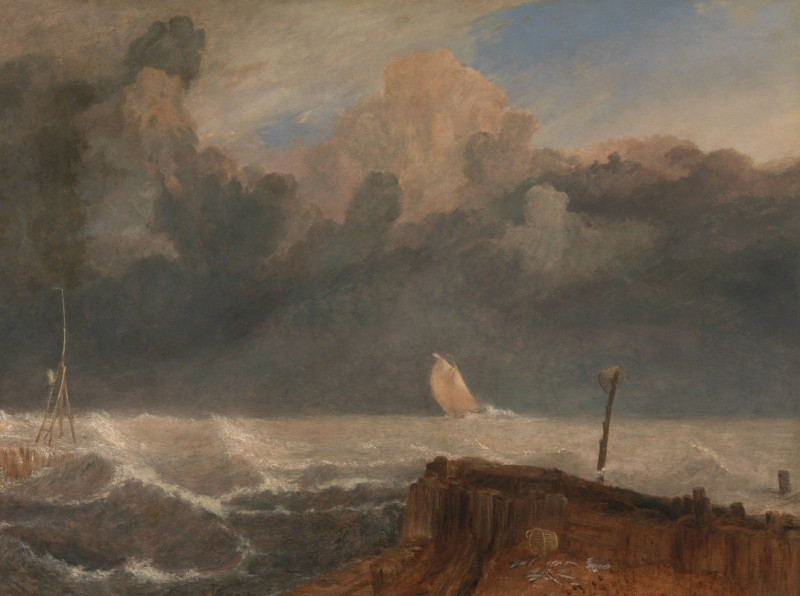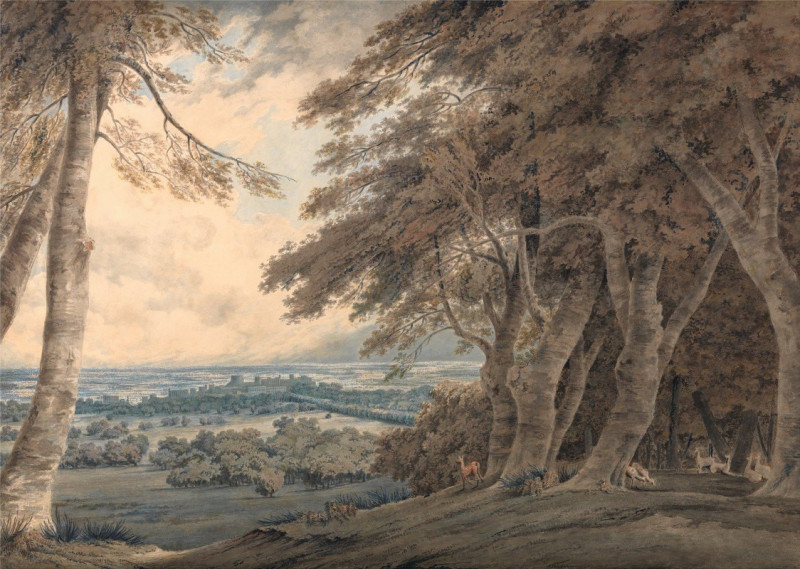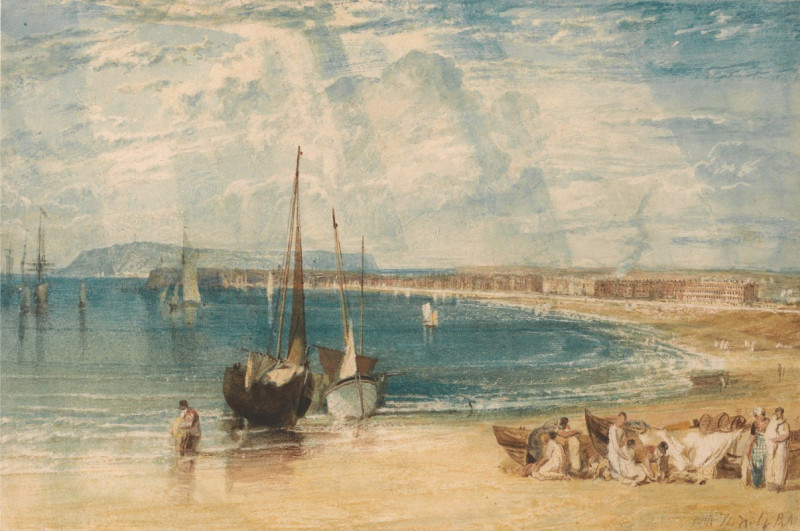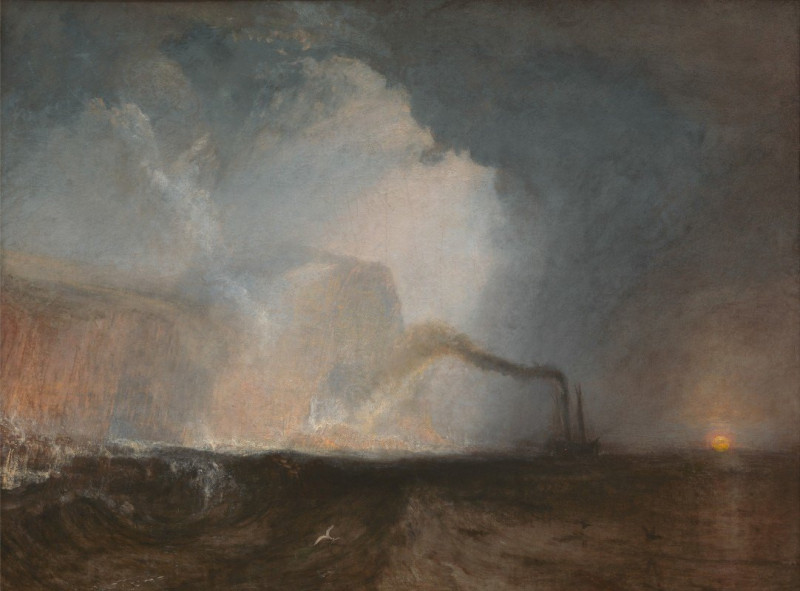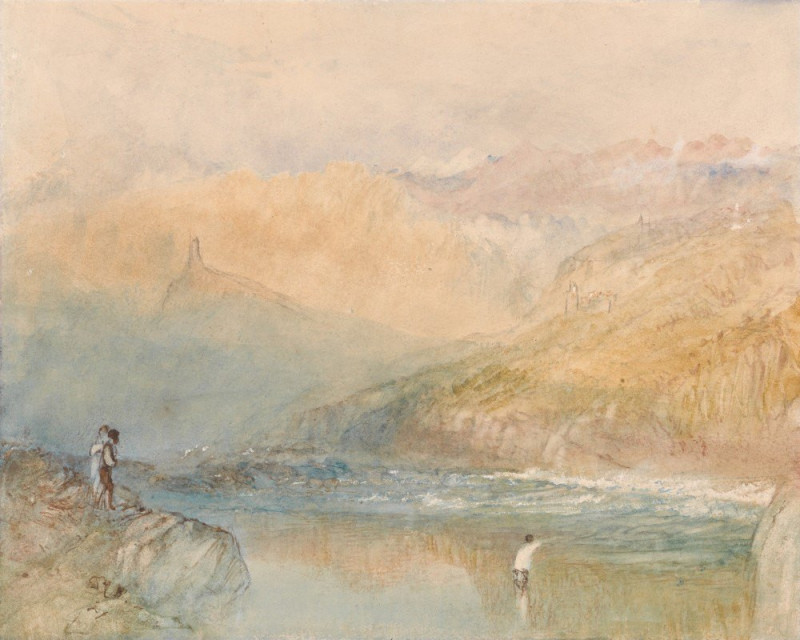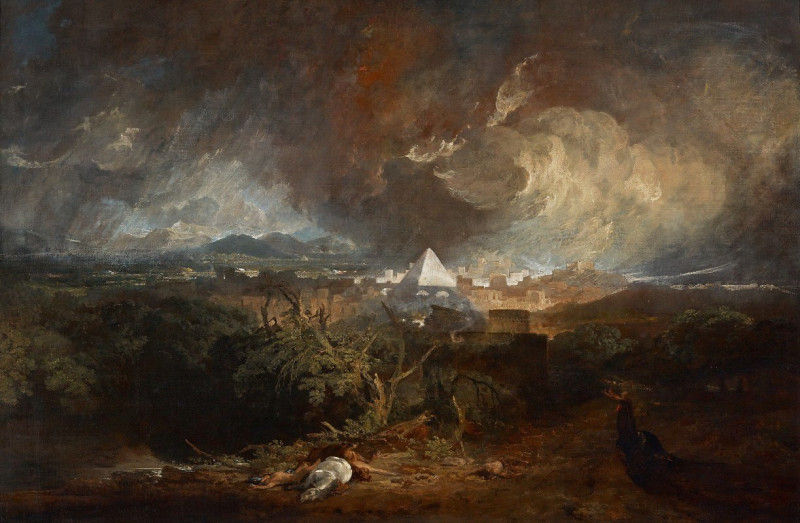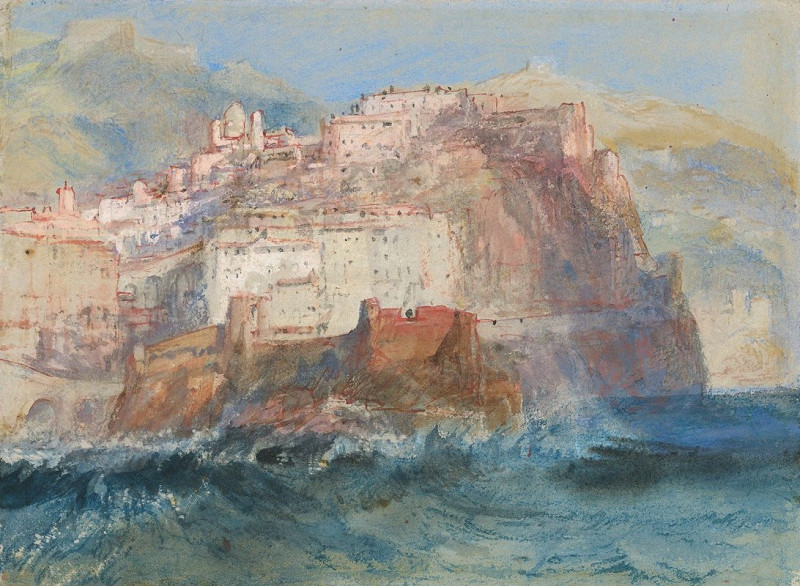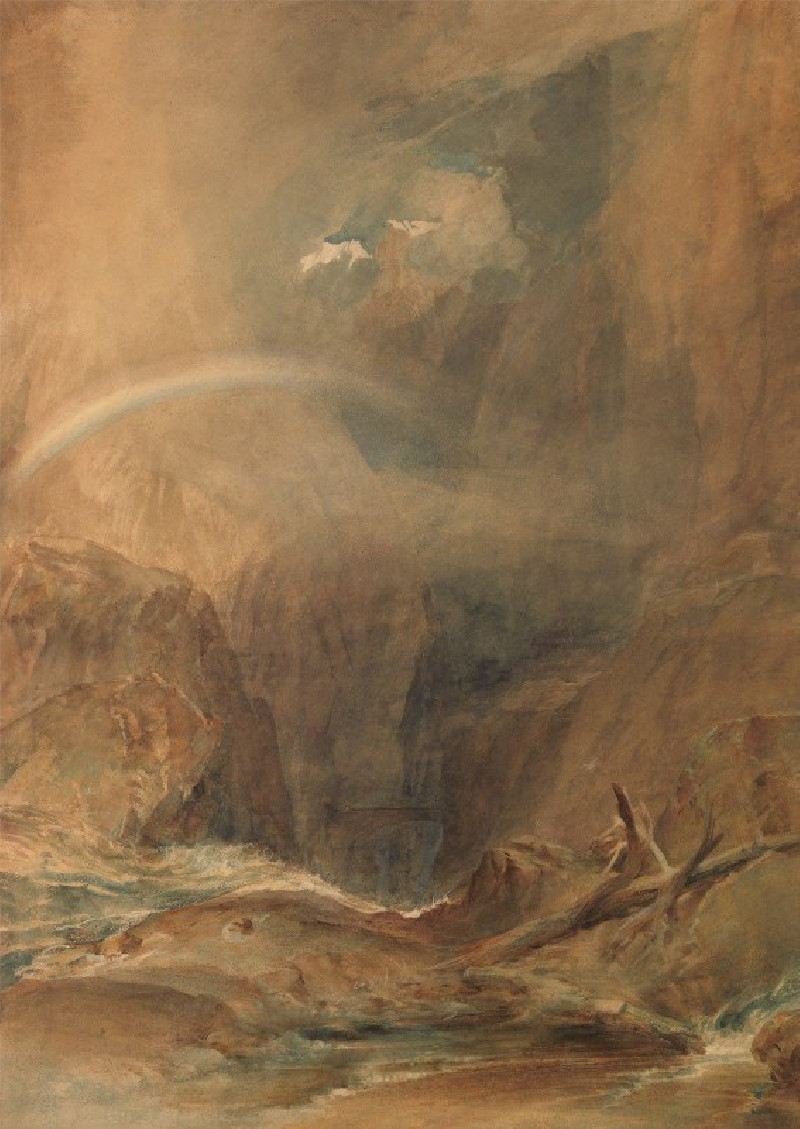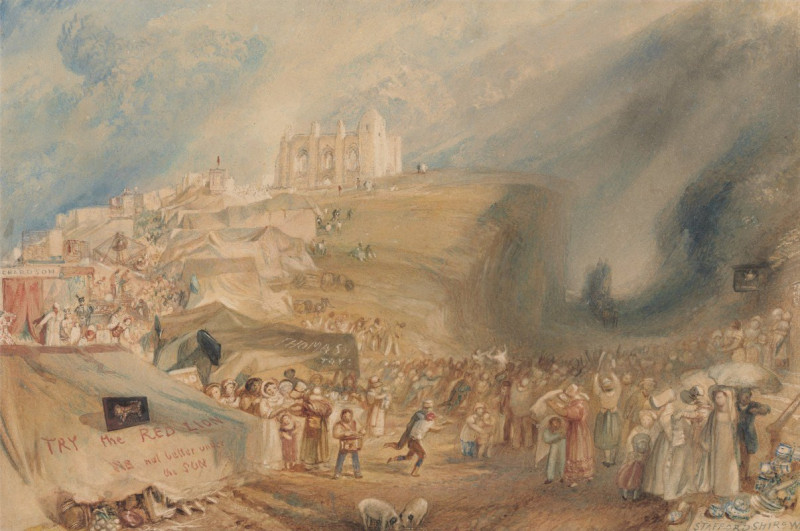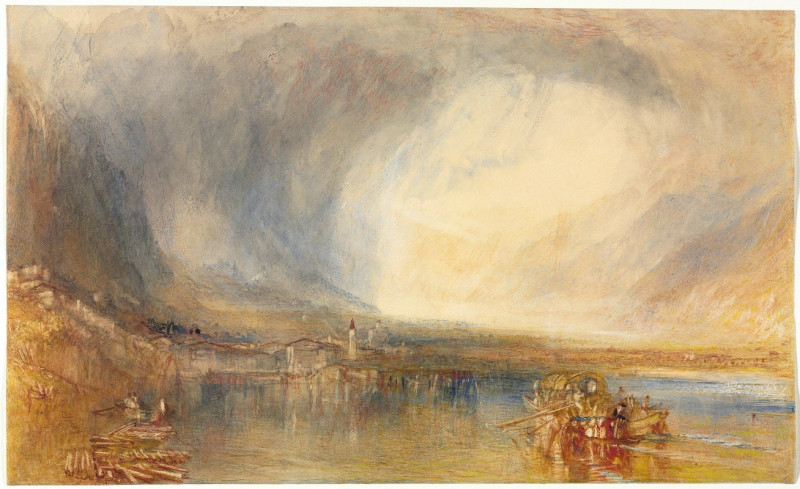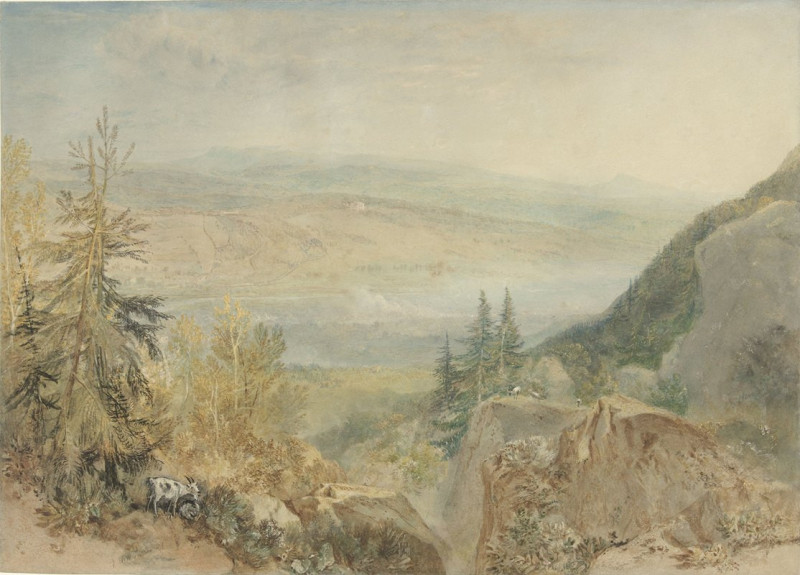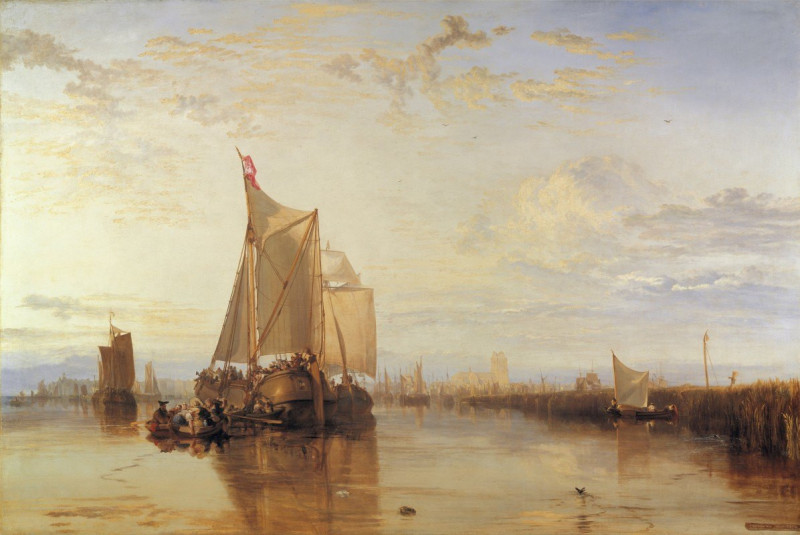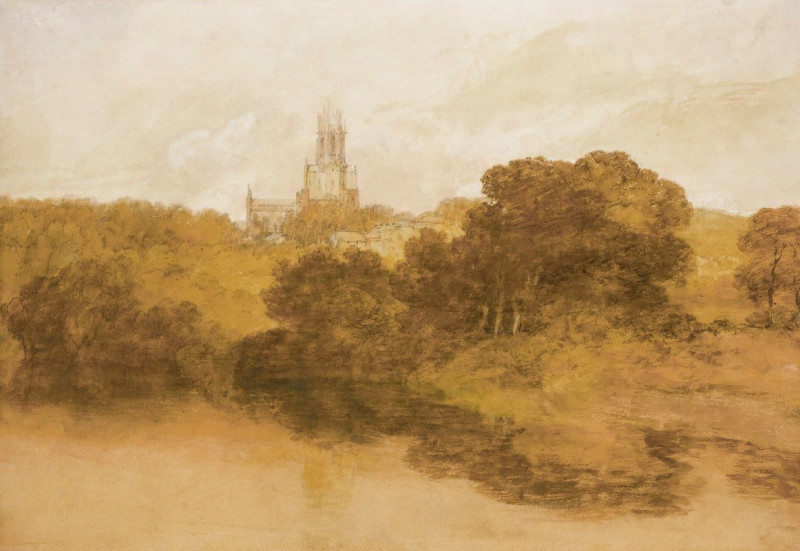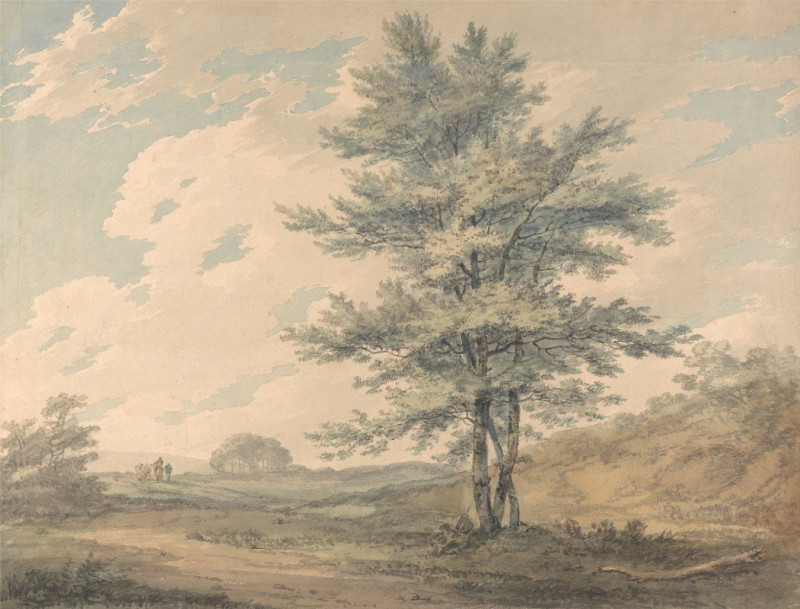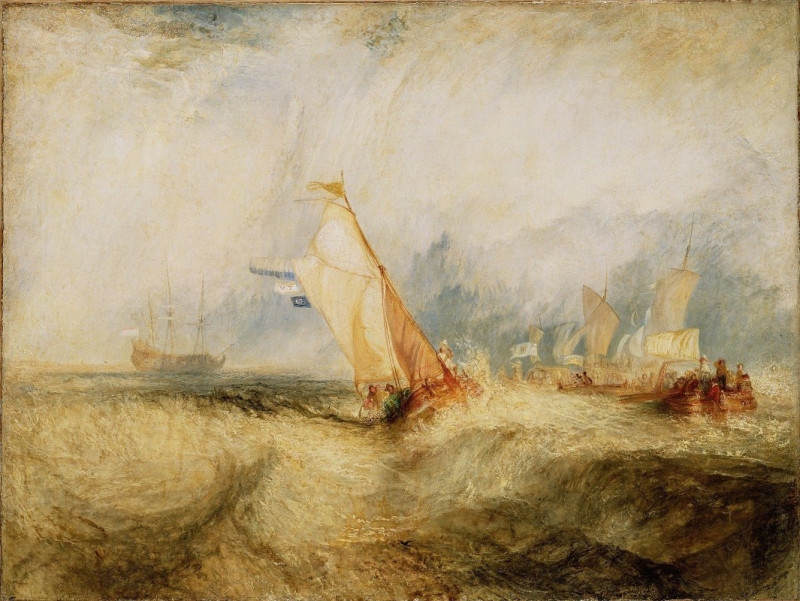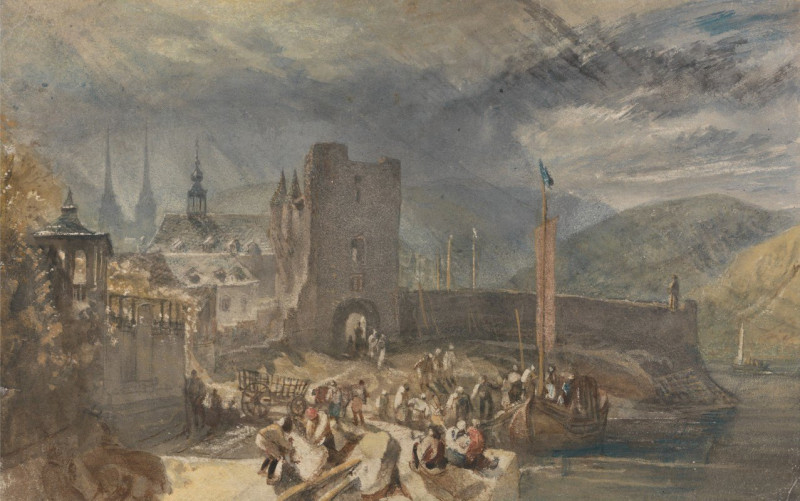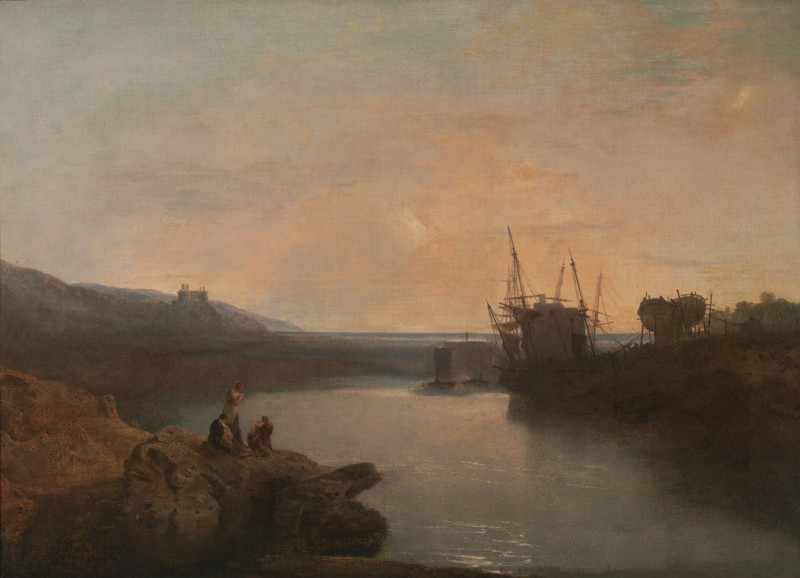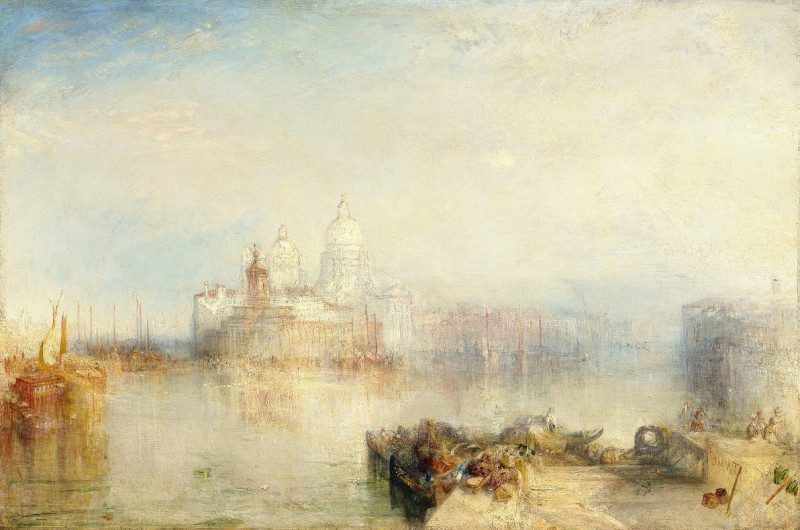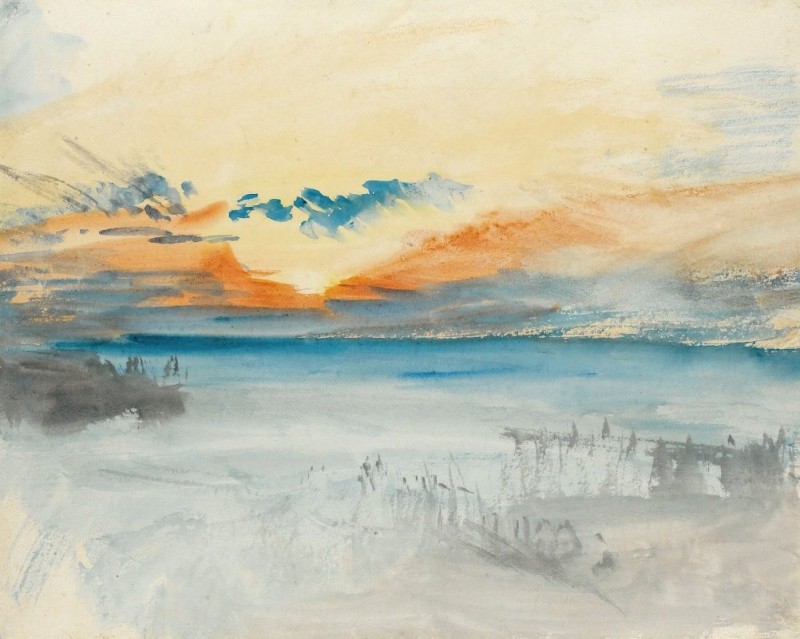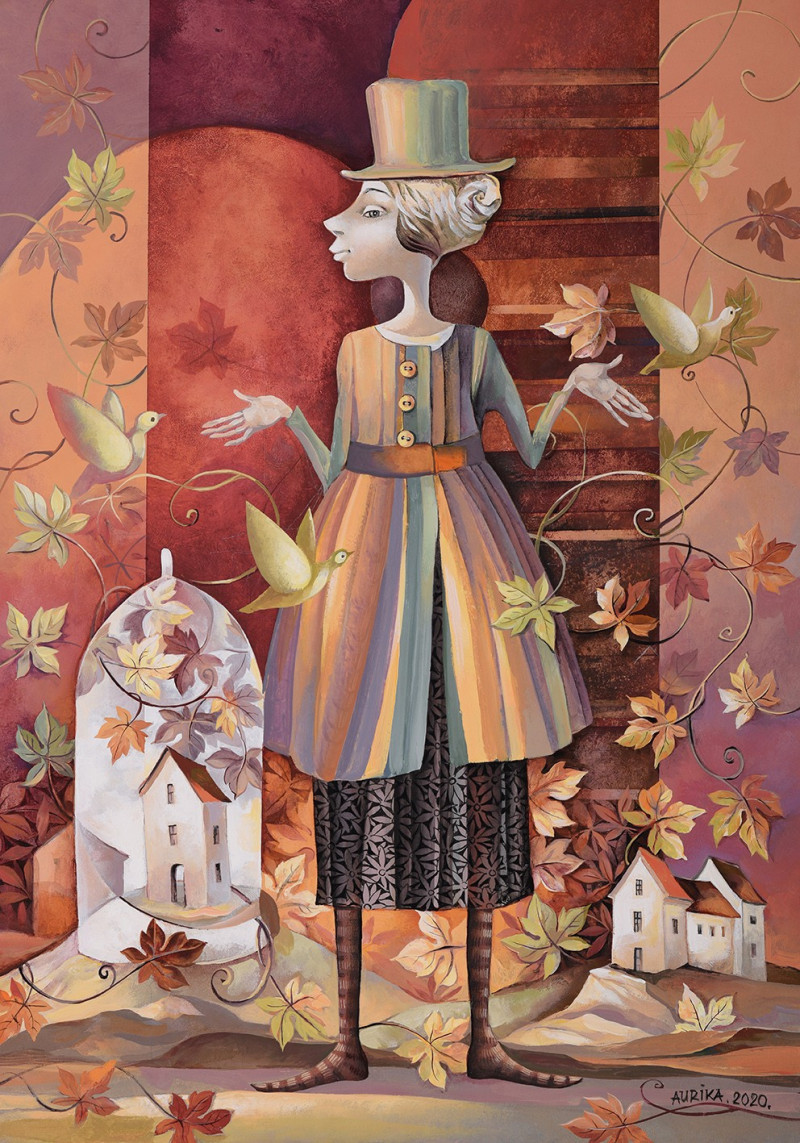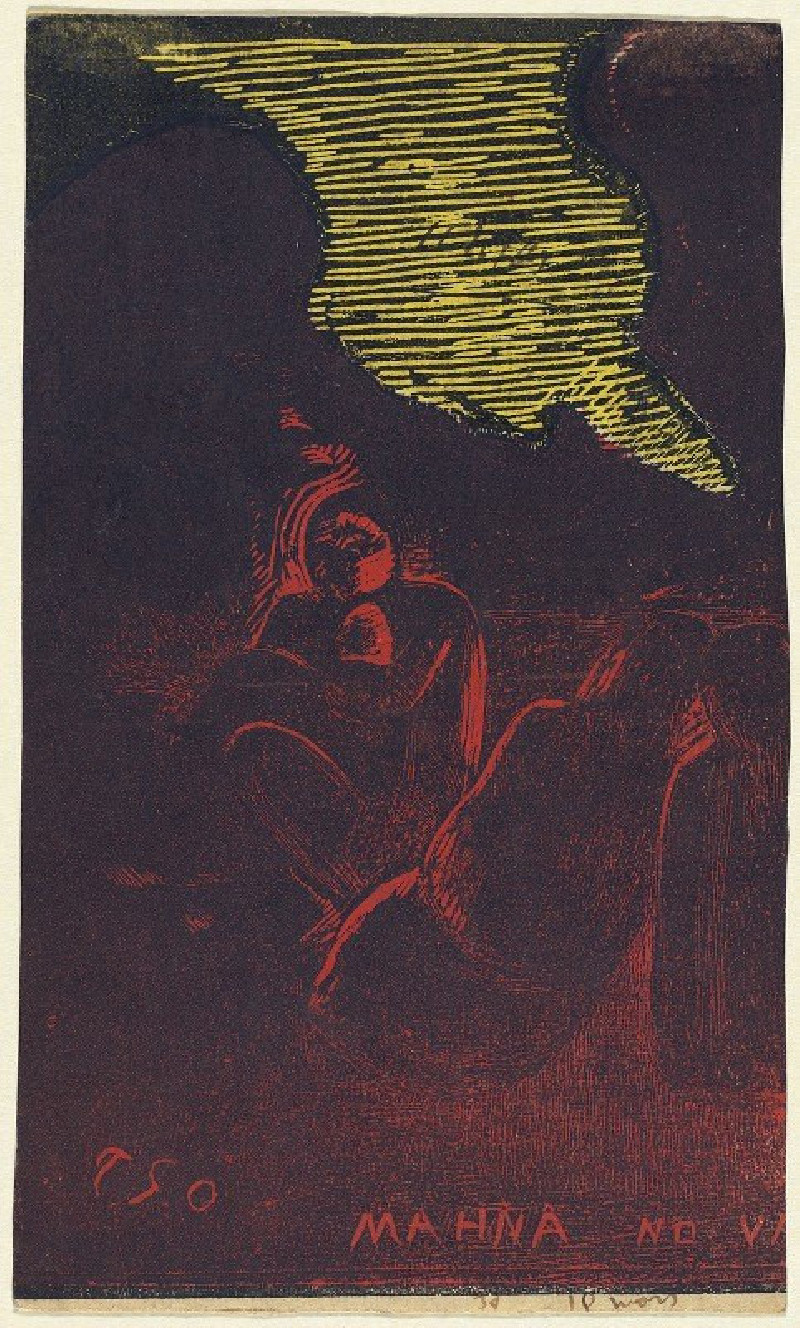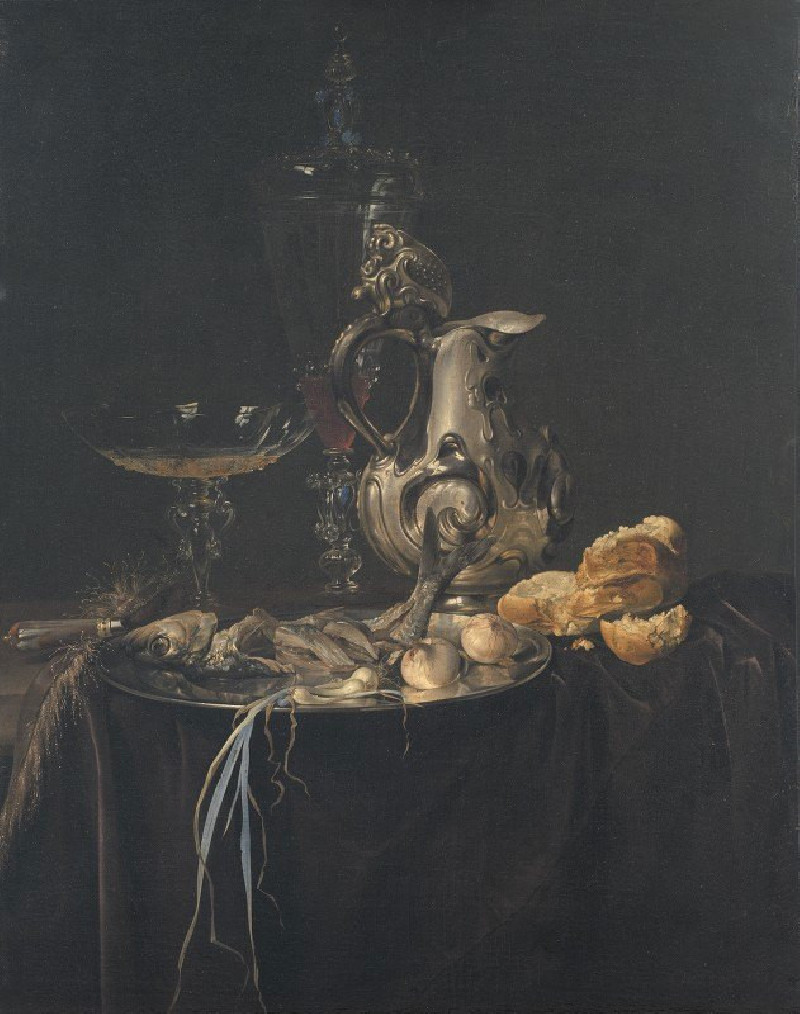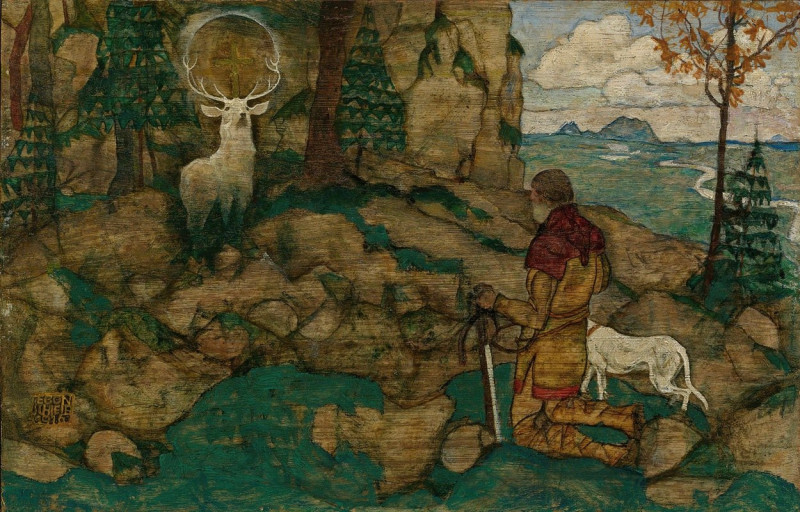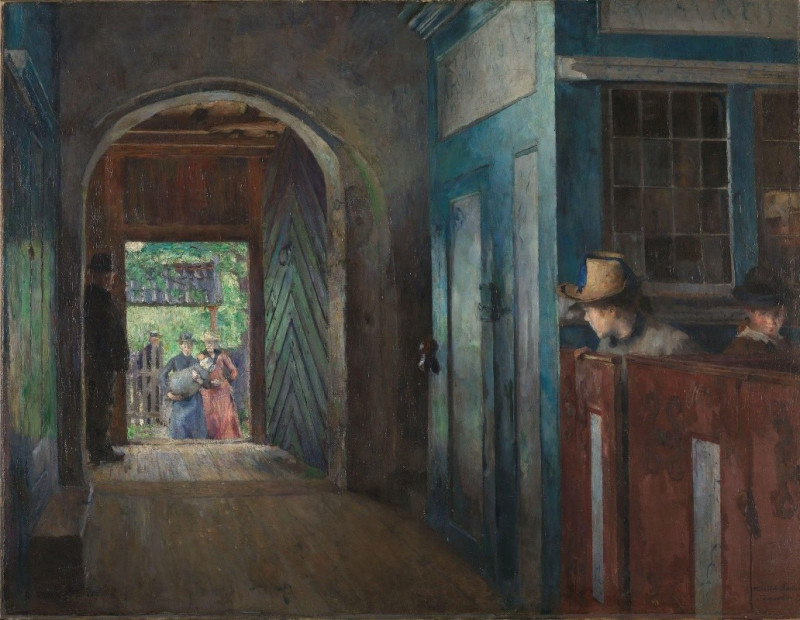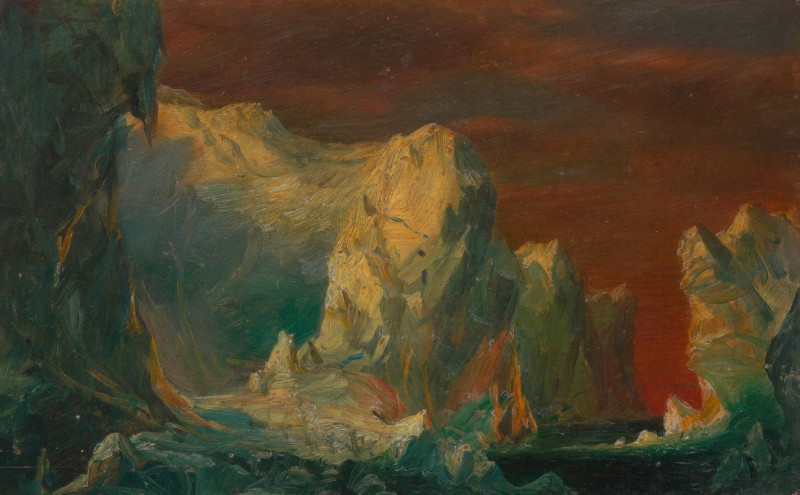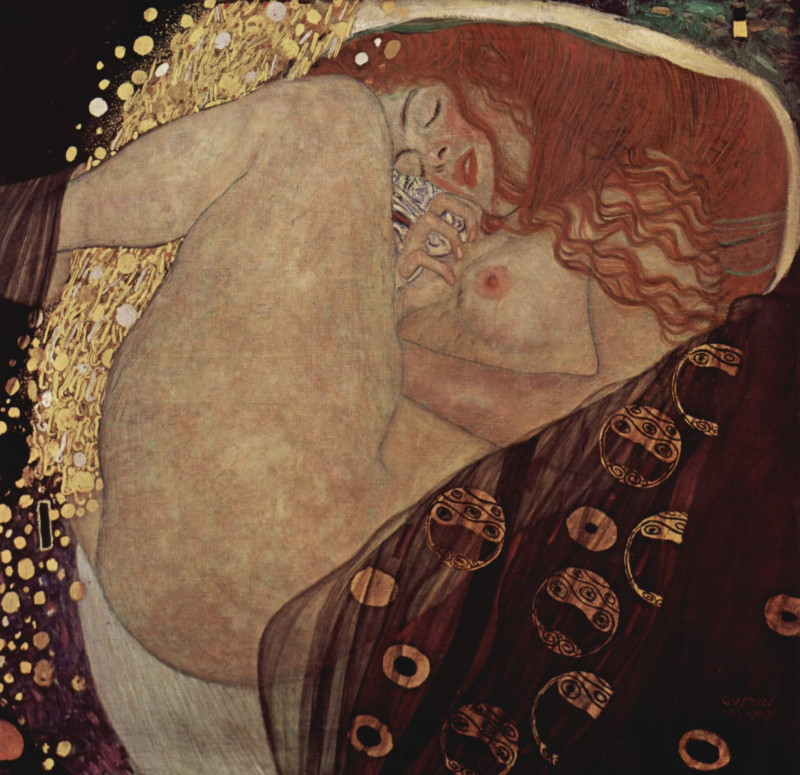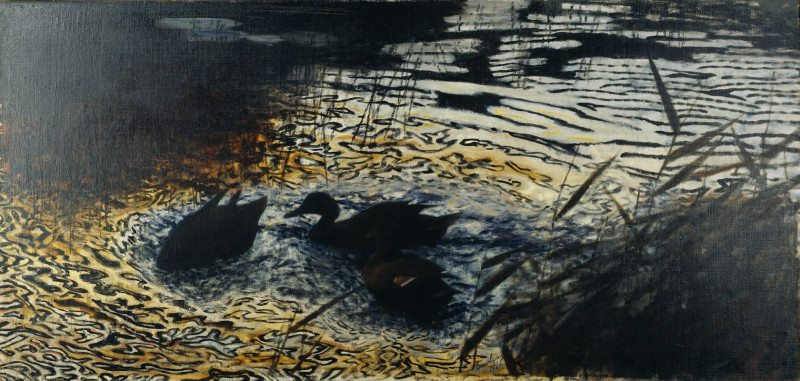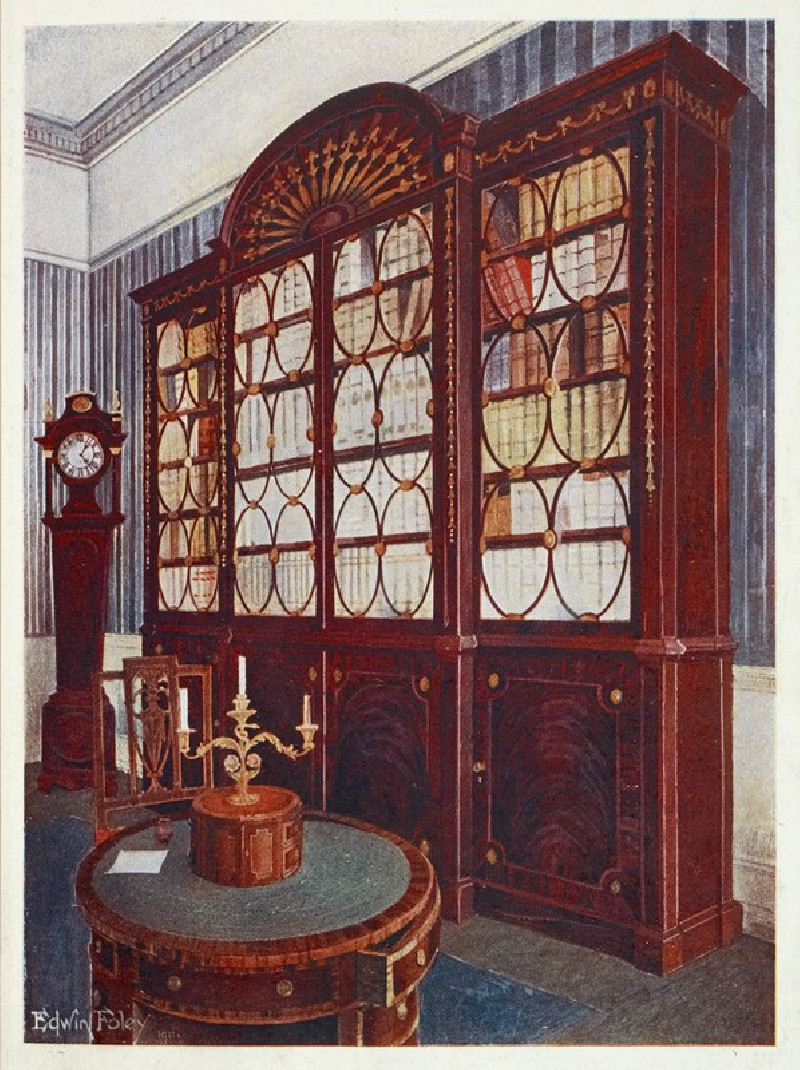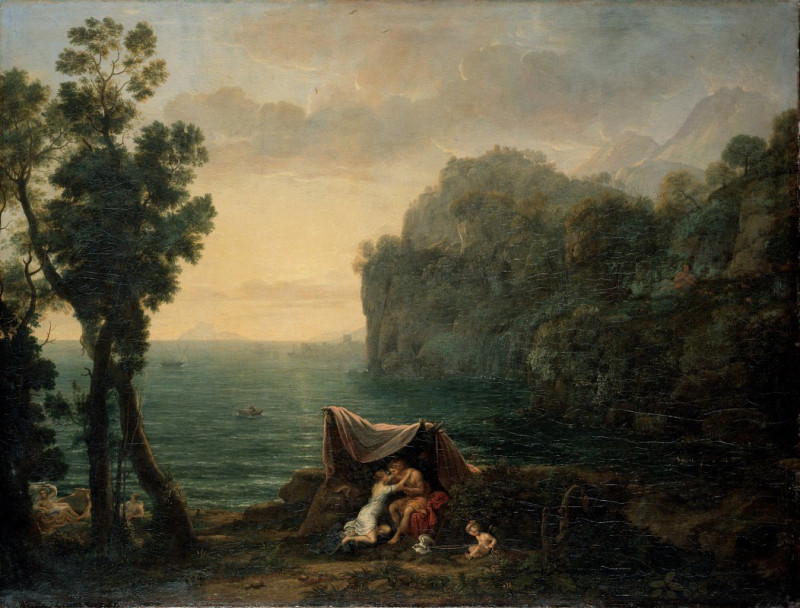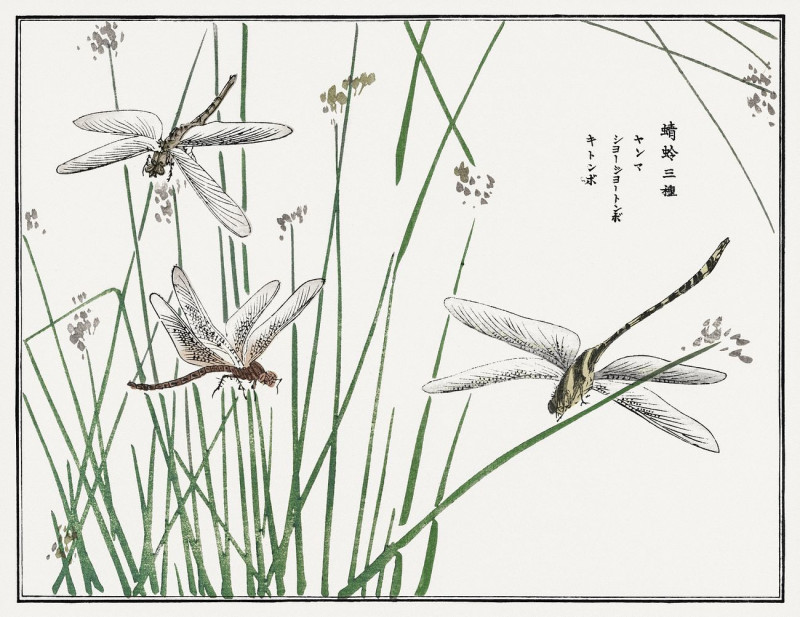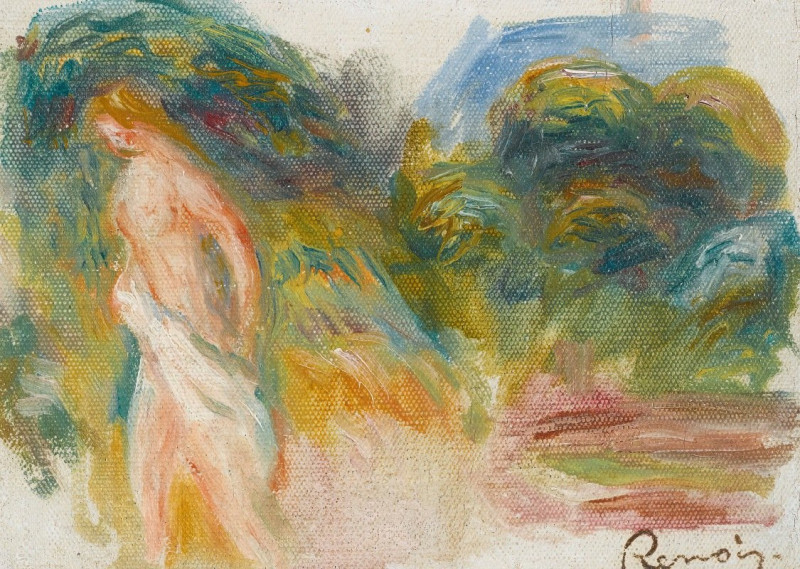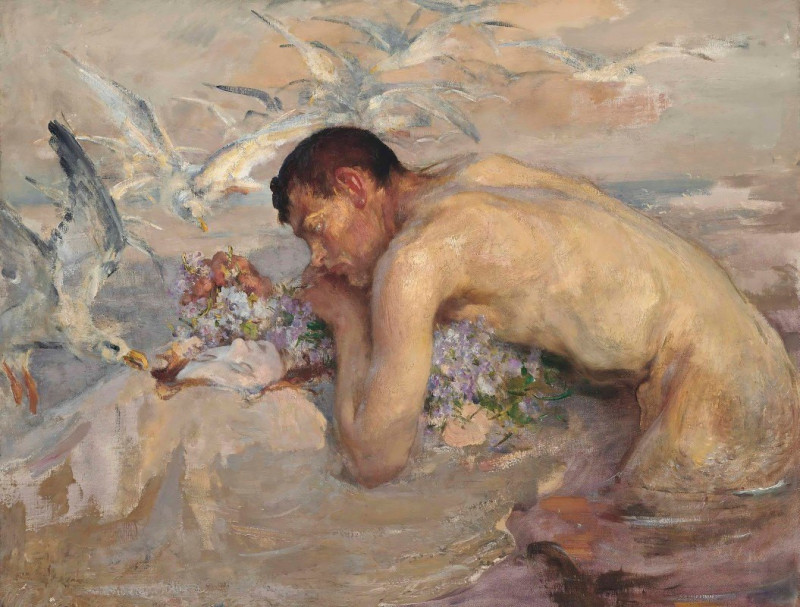Mer de Glace, in the Valley of Chamouni, Switzerland (1803)
Technique: Giclée quality print
Recommended by our customers
More about this artwork
In this evocative painting by the illustrious Joseph Mallord William Turner, viewers are transported to the rugged and awe-inspiring landscape of the Mer de Glace, or "Sea of Ice," in the Chamonix valley of Switzerland. Painted in 1803, Turner captures the raw beauty and formidable power of nature through his masterful use of color and light.The artwork places the viewer on a vantage point amidst fractured and windswept trees, gazing down into the expansive glacier that dominates the valley floor. Turner’s skill in rendering the textures of the ice and rock formations creates a vivid sense of realism, while the ethereal quality of the light and shadows conveys the transient beauty of this alpine environment.In the foreground, the stark remains of trees, possibly ravaged by the harsh climatic conditions, stand as silent witnesses to the relentless forces of nature. These elements lead the eye across the valley to where the glacier unfurls amidst the peaks, their majestic forms shrouded in mist.This painting not only showcases Turner's remarkable ability to capture the sublime but also reflects the growing interest and exploration of the Alps during the early 19th century. 'Mer de Glace, in the Valley of Chamouni, Switzerland' is not just a landscape; it is an emotional experience, revealing the awe-inspiring and overwhelming power of the natural world.Turner, often known as "the painter of light," uses a palette of muted greens, blues, and earth tones that harmonize to envelop the scene in an almost mystical atmosphere.
Delivery
Returns
Joseph Mallord William Turner RA, known in his time as William Turner, was an English Romantic painter, printmaker and watercolourist. He is known for his expressive colourisations, imaginative landscapes and turbulent, often violent marine paintings. He left behind more than 550 oil paintings, 2,000 watercolours, and 30,000 works on paper. He was championed by the leading English art critic John Ruskin from 1840, and is today regarded as having elevated landscape painting to an eminence rivalling history painting.


